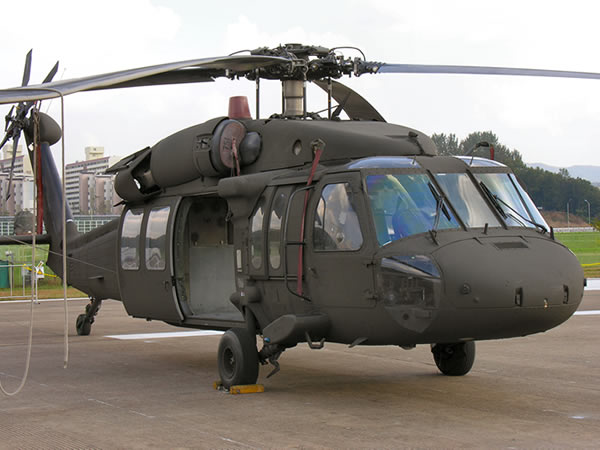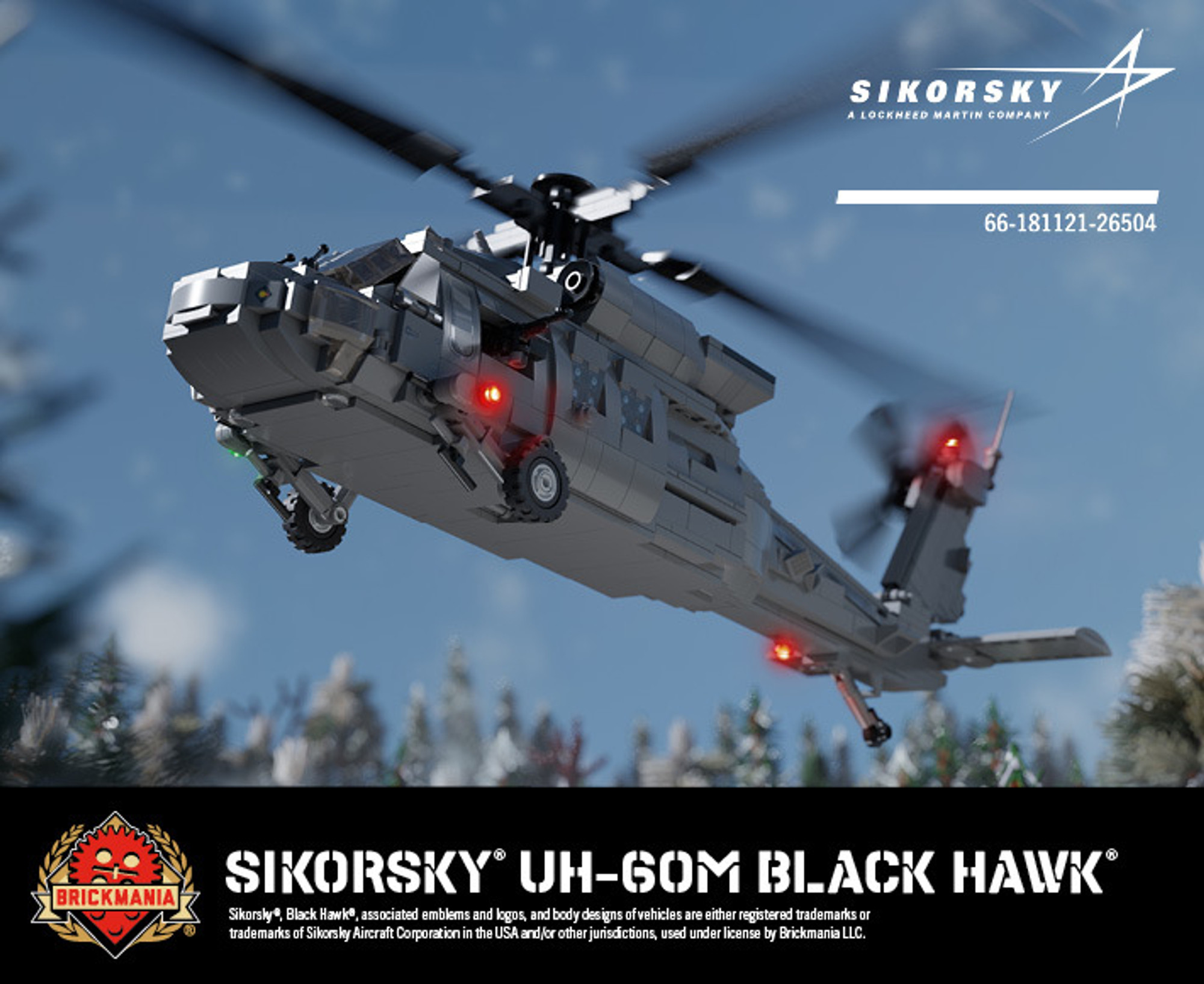The Role of the UH 60 in Combat Zones: Enhancing Mobility and Operational Efficiency
The Role of the UH 60 in Combat Zones: Enhancing Mobility and Operational Efficiency
Blog Article
Discovering the History and Development of the UH 60 Helicopter

Origins of the UH-60
The beginnings of the UH-60 helicopter can be mapped back to the late 1960s, a period noted by the need for a flexible utility airplane that could adjust to the evolving demands of modern-day war. The united state Army identified the requirement for a substitute for the older UH-1 Iroquois, which was coming to be progressively insufficient for the intricacies of modern fight circumstances. In 1967, the Army started the Energy Tactical Transport Airplane System (UTTAS) program, which sought to develop a multi-role helicopter capable of various objectives, including army transportation, medical evacuation, and logistical support.
The UH-60 Black Hawk was presented, showcasing ingenious design elements and advanced innovation that set it apart from its precursors. The UH-60 swiftly gained acknowledgment for its robust efficiency, reliability, and flexibility, paving the means for its comprehensive usage in military procedures and strengthening its status as a foundation of U.S. Military aviation.
Trick Style Functions
Ingenious layout features of the UH-60 Black Hawk significantly add to its functional performance. One of the most noteworthy facets is its twin-engine configuration, which boosts reliability and provides a greater power-to-weight ratio, making it possible for the helicopter to execute under various conditions. The airplane's four-blade main rotor system offers boosted lift and maneuverability, important for tactical goals.

In addition, the cockpit is created for optimal exposure and ergonomics, featuring sophisticated avionics that improve pilot operations. The modular design of the UH-60 permits very easy upkeep and adaptability, making it appropriate for different objective accounts, from army transport to medevac procedures. These key layout functions guarantee that the UH-60 Black Hawk stays a reputable and functional property in army air travel, efficient in satisfying the needs of modern war.
Technological Advancements
Recent technological advancements in the UH-60 Black Hawk have considerably improved its functional capacities and flexibility. The integration of advanced avionics, such as digital flight control systems and improved situational awareness screens, enables pilots to run with boosted precision and efficiency. These systems assist in boosted navigating, interaction, and data sharing, allowing the helicopter to function efficiently in diverse environments.
In addition, the introduction of composite materials has minimized the general weight of the aircraft while maintaining structural honesty. This reduction YOURURL.com boosts gas efficiency and prolongs functional range. The incorporation of innovative blades technology, including the usage of four-blade, completely expressed rotor systems, has improved lift performance and ability to move, enabling for much better handling in different flight problems.

Moreover, advancements in propulsion systems, such as the T700-GE-701D engines, have actually raised power output and reliability - uh 60. These engines add to remarkable performance in high-altitude and hot-weather problems
Finally, the assimilation of self-defense systems and enhanced sensing unit packages improves the Black Hawk's survivability and objective performance. Collectively, these technological renovations guarantee that the UH-60 Black Hawk stays a vital property in modern-day air travel, efficient in adapting to the advancing demands of military and humanitarian goals.
Duty in Military Procedures
As the backbone of U.S. Military aviation, the UH-60 helicopter plays a vital role in different military procedures, working as a functional platform for fight support, transport, and medevac missions - uh 60. Its layout integrates the capability to operate in diverse environments, making it necessary for army activity and logistical assistance in both unconventional and standard warfare

In medical emptying situations, the UH-60 has actually shown important, considerably minimizing the time to transport wounded soldiers from the combat zone to clinical centers. Its advanced avionics and night vision capacities additionally ensure objective success under challenging conditions. In general, the UH-60 helicopter continues to be an essential asset, continually adapting to satisfy the advancing needs of army operations and enhancing the efficiency of united state forces worldwide.
Future of the UH-60
Looking in advance, the future of the UH-60 helicopter entails considerable developments in innovation and abilities made to boost its functional performance. As military procedures evolve, the UH-60 is anticipated to include sophisticated technologies, including enhanced avionics, boosted weapons systems, and progressed communication tools. These improvements great site will certainly permit for higher situational recognition and mission adaptability, making certain that the UH-60 remains a vital possession on the combat zone.
One noteworthy development see is the assimilation of fly-by-wire systems, which will certainly boost trip control precision and decrease pilot work. Moreover, efforts to upgrade the airframe and engines intend to raise speed, haul, and array ability, thus increasing the helicopter's operational scope (uh 60).
The future additionally holds guarantee for increased interoperability with unmanned aerial systems (UAS), enabling coordinated goals that take advantage of both manned and unmanned capacities. In addition, the unification of artificial knowledge and artificial intelligence can maximize trip characteristics and upkeep procedures, bring about minimized functional costs.
Verdict
The UH-60 Black Hawk helicopter represents a significant achievement in army air travel, progressing from the united state Military's preliminary requirements for a flexible energy aircraft. Its cutting-edge layout attributes and constant technical developments have actually guaranteed its importance in numerous military procedures over the decades. As the demands of modern warfare modification, the future of the UH-60 will likely entail more enhancements and adaptations, reinforcing its condition as an important possession for militaries worldwide.
The UH-60 Black Hawk helicopter stands for a substantial landmark in military aeronautics, emerging from the U.S. Army's pursuit for a more flexible and trusted utility aircraft in the late 20th century.The beginnings of the UH-60 helicopter can be mapped back to the late 1960s, a duration noted by the requirement for a versatile utility airplane that can adapt to the evolving needs of modern-day warfare. Overall, the UH-60 helicopter remains an essential possession, continually adjusting to meet the developing needs of armed forces operations and improving the performance of U.S. forces worldwide.
Looking in advance, the future of the UH-60 helicopter entails substantial developments in modern technology and capacities made to boost its functional performance.The UH-60 Black Hawk helicopter stands for a significant success in military aviation, developing from the U.S. Military's preliminary needs for a versatile energy aircraft.
Report this page